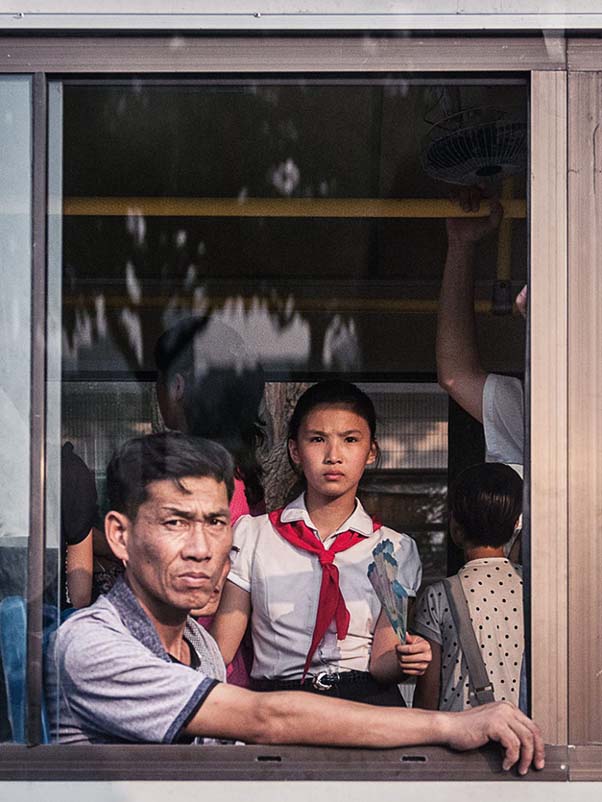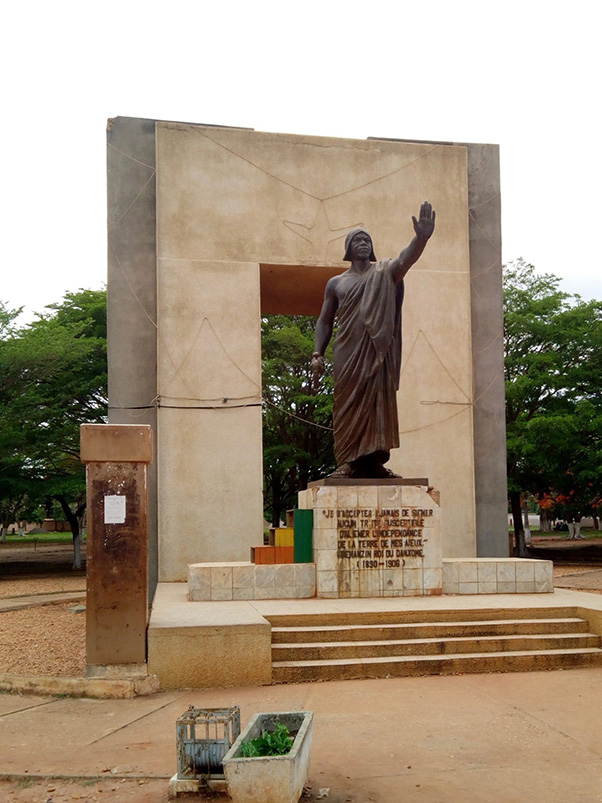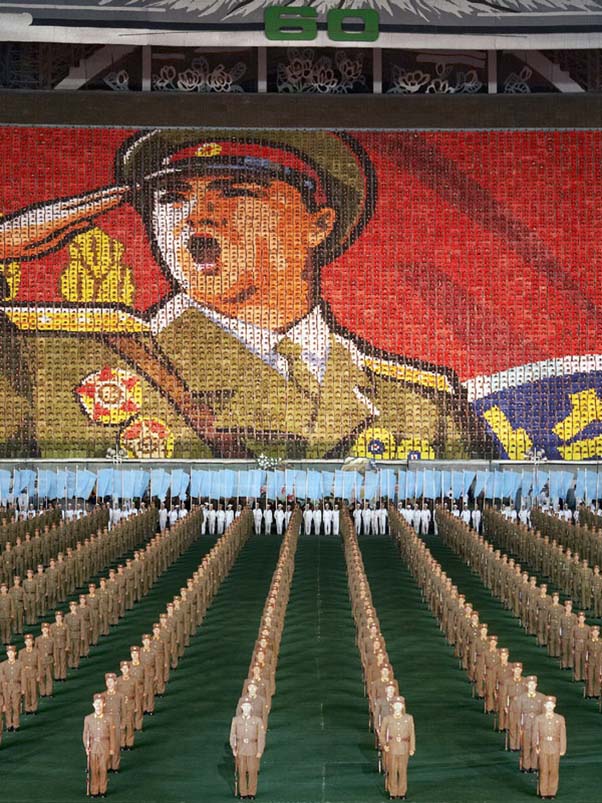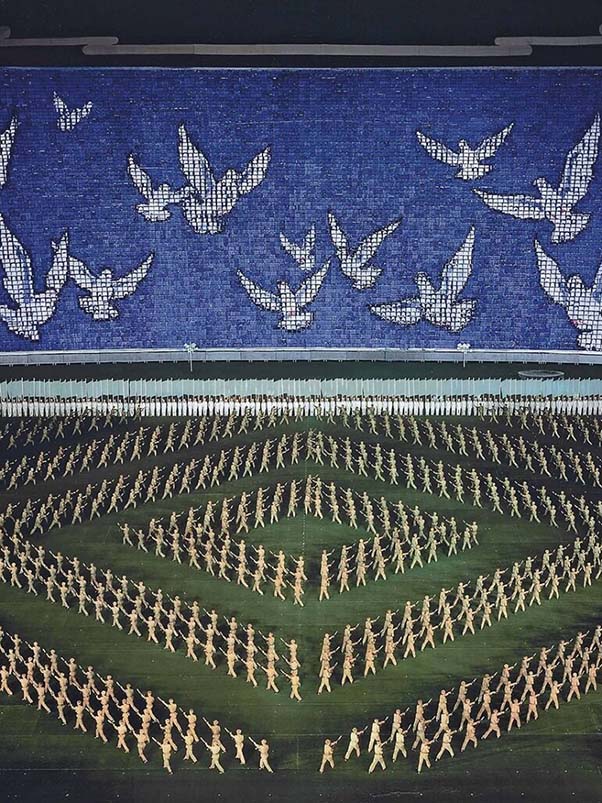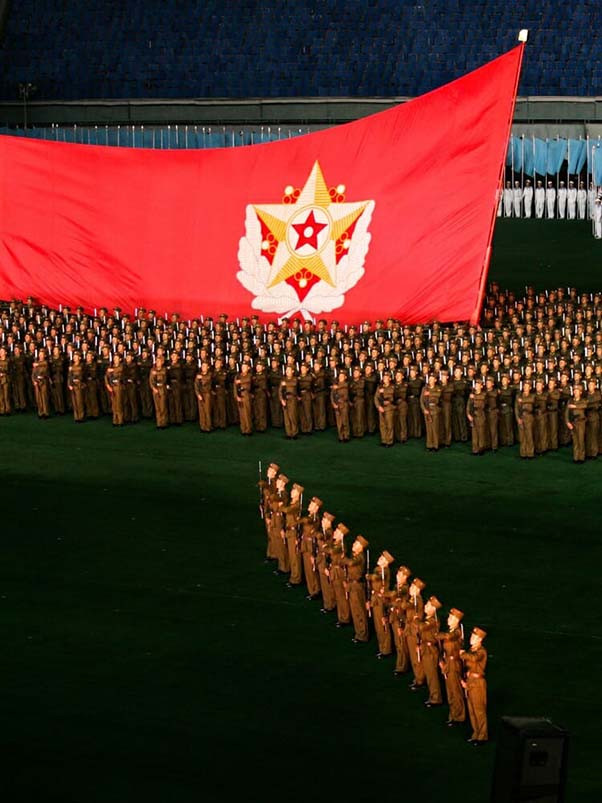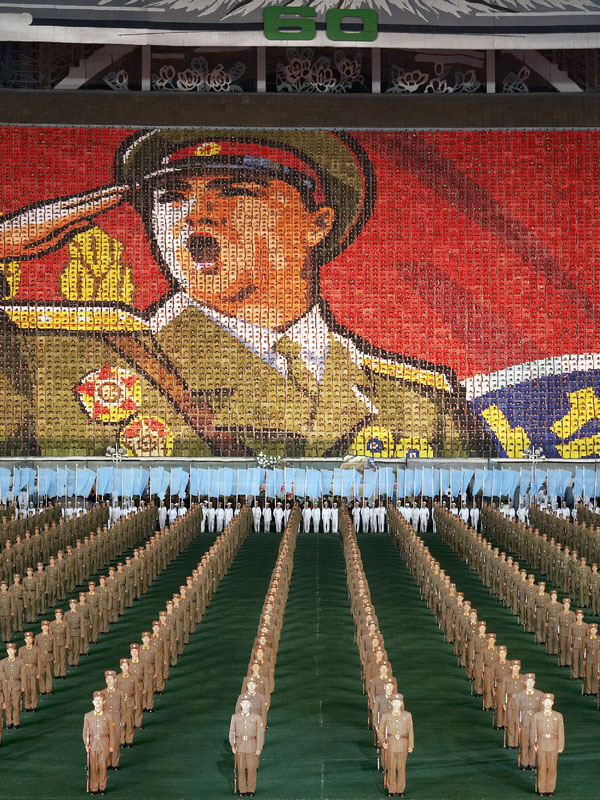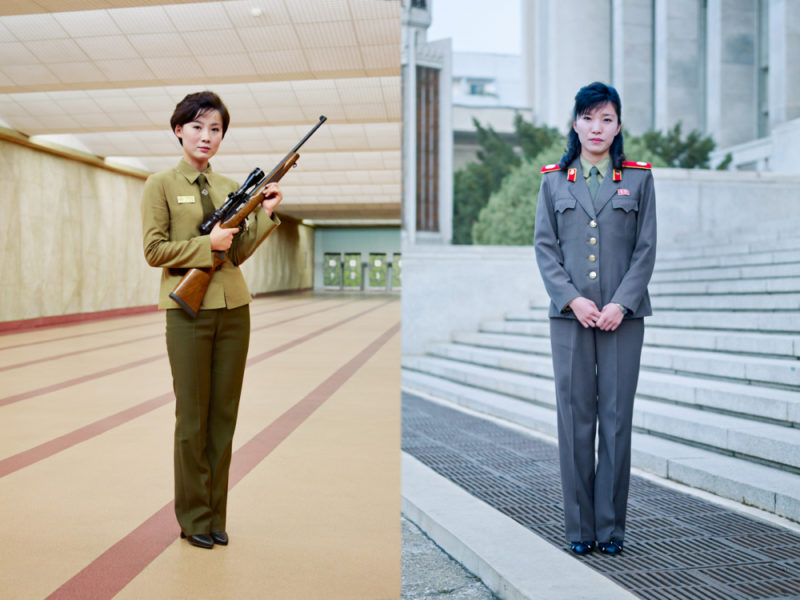
Introduction
Despite being a highly secretive state, documentary images of North Korea have somehow managed to seep into the mainstream media in recent years. Those outsiders who have been granted access to the country are usually afforded limited freedom.
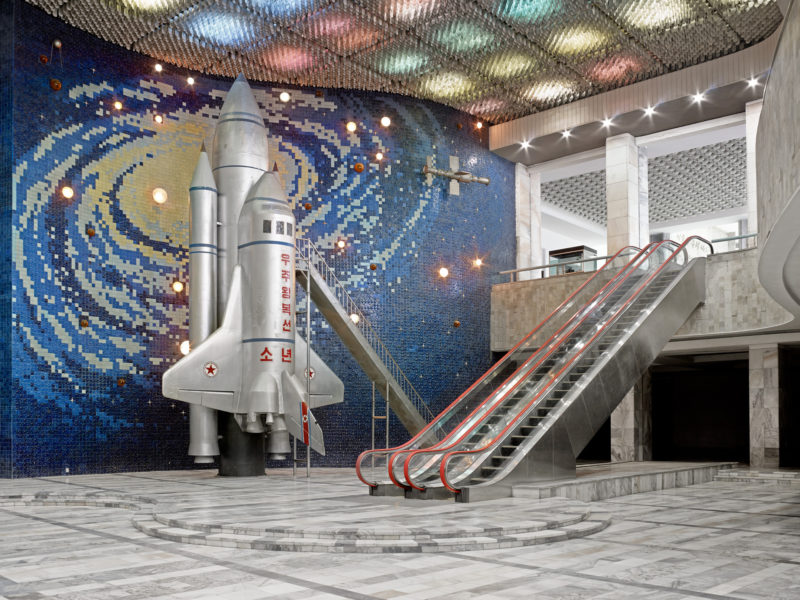
As a result, the images they sneak out of the region typically are of totalitarian dictatorship, government-sanctioned philosophies, colossal architecture, and controlled militarism.
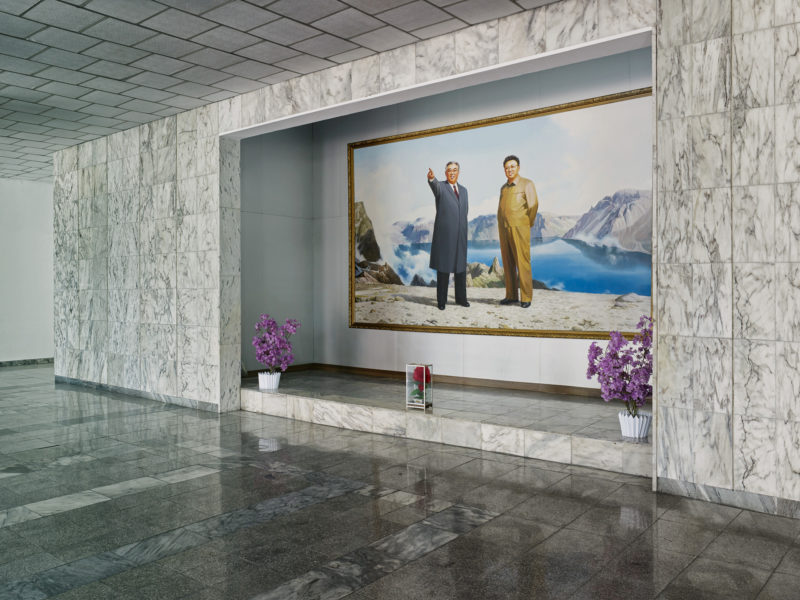
But after some time, these images became too well-known in the eyes of the outside world.
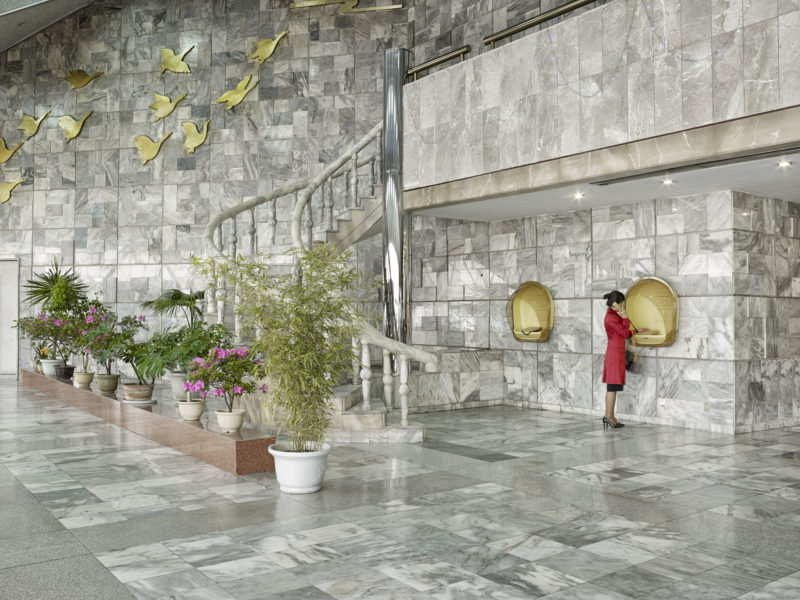
Eddo Hartmann’s search for his truth
It was this documentary déjà vu that prompted Eddo Hartmann to search for his truth about North Korea. In a bid to expose what many of us cannot see about the state, the photographer visited Pyongyang, the country’s capital, four times in three years, between 2014 and 2017.
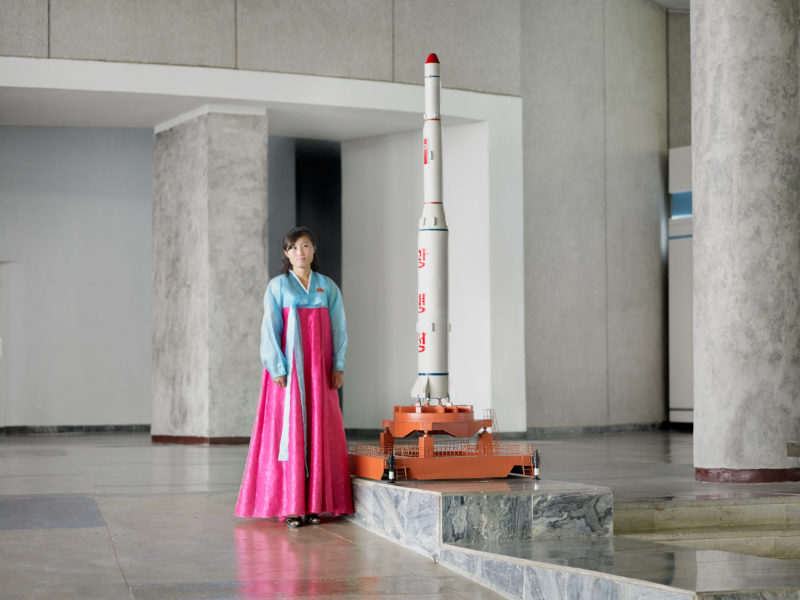
Eddo created numerous digital images of the city’s inhabitants and architecture, both in large and medium format. He said 12:
I kept seeing images in this World Press Photo kind of style. I know that if I were to go there, it would be the way that I would take pictures because it wouldn’t be interesting.
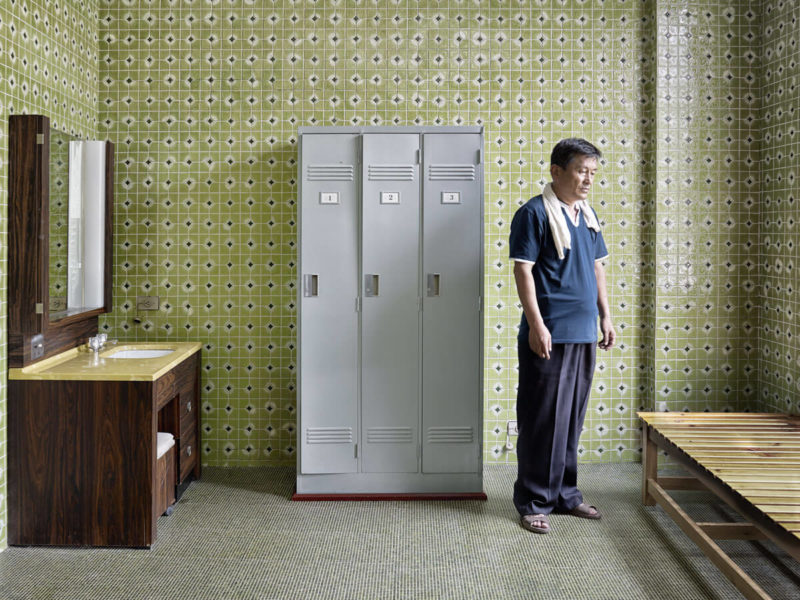
Hartman was allowed to enter the city for the first time in April 2014, determined to create images in his own artistic style. He had told the Pyongyang authorities that he was interested in the city’s architecture.
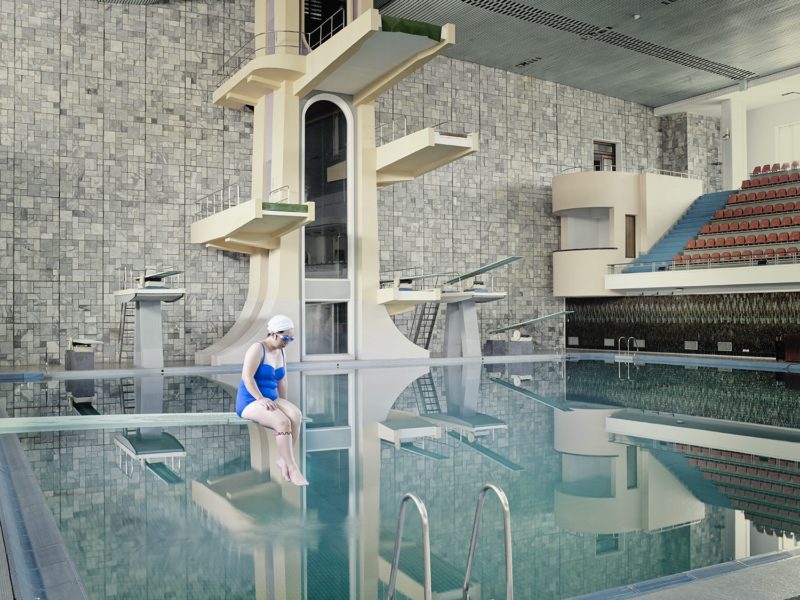
So, he was taken to several impressive buildings in the capital in the company of two guides who never left his side and always scrutinized each photograph Hartmann took to make sure they were allowable.
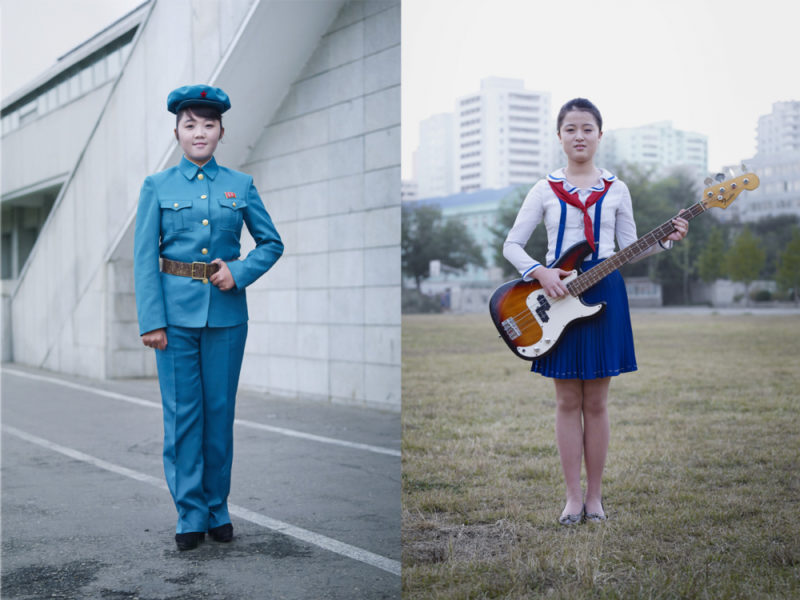
Why one trip wasn’t enough
Speaking of this experience, Hartmann says 34:
It was like being in Eastern Europe in the 1950s at the height of the Cold War. It was a copy of that moment in time like I was traveling back through history.
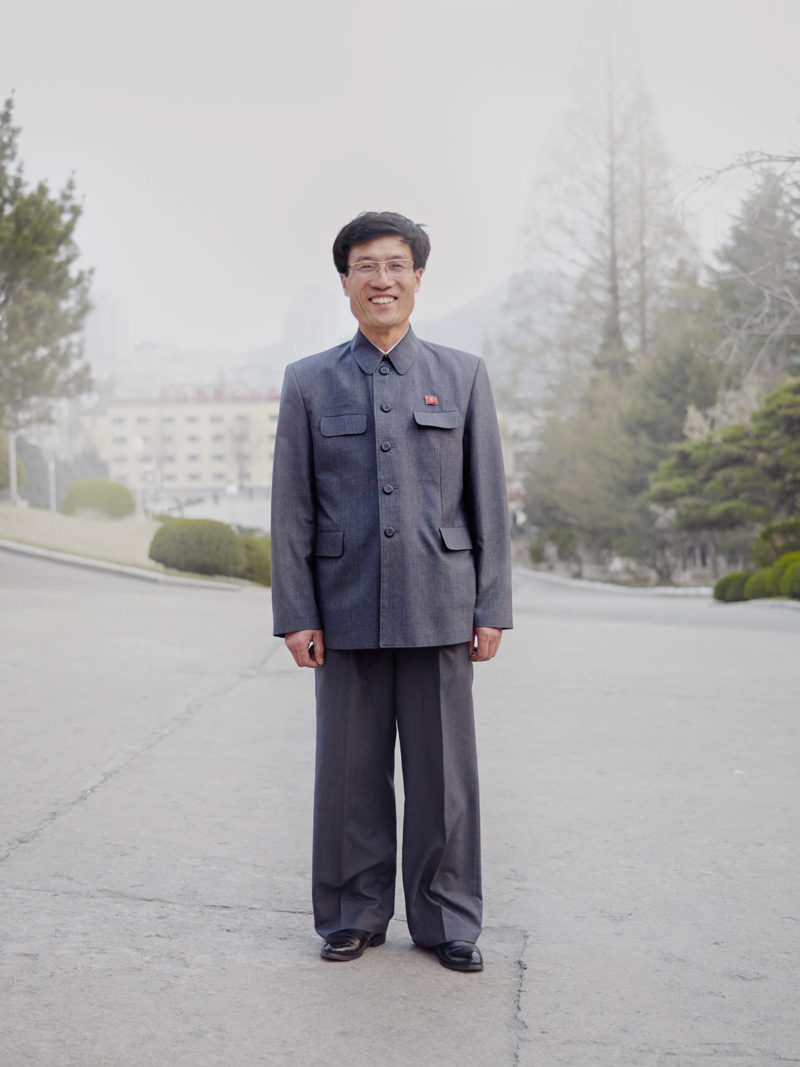
However, it was evident to him that the authentic, unseen images of North Korea would take longer to capture, especially under the strict supervision he was subjected to. Hartmann further commented 56:
When I returned home after ten days, I realized it couldn’t be a short project. If I wanted to create interesting work, I needed to go back.
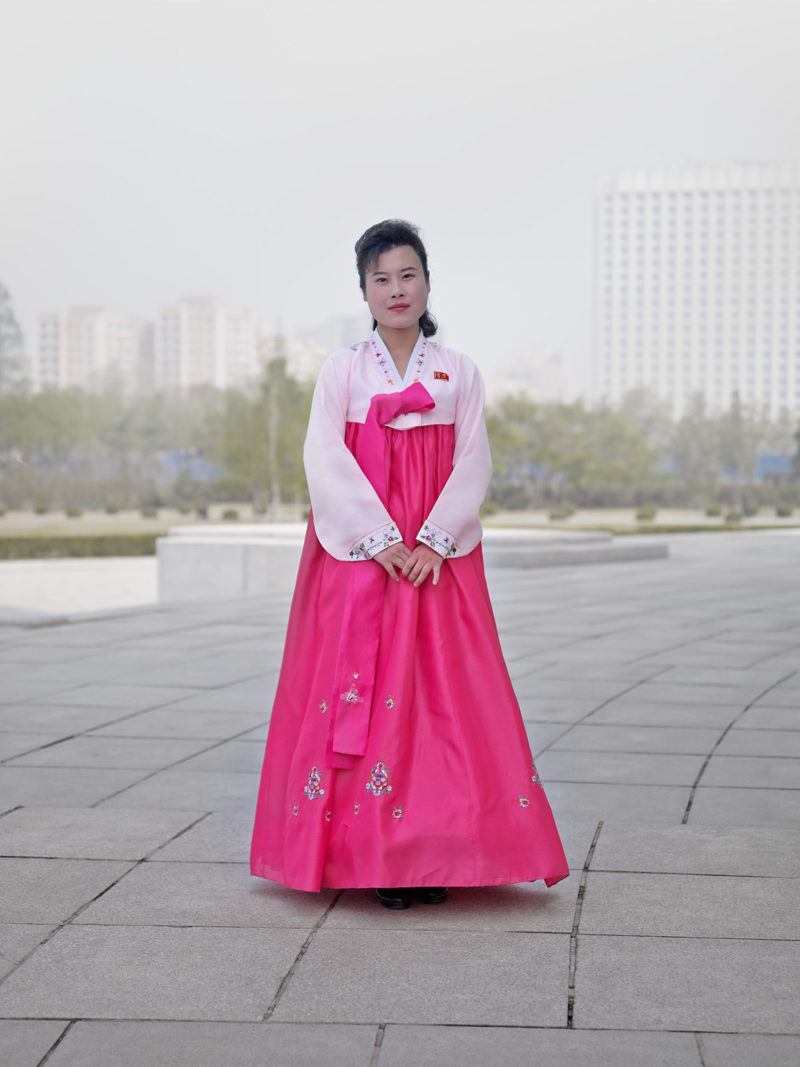
Setting the Stage
After collecting images and videos, Hartmann created a series titled Setting the Stage.
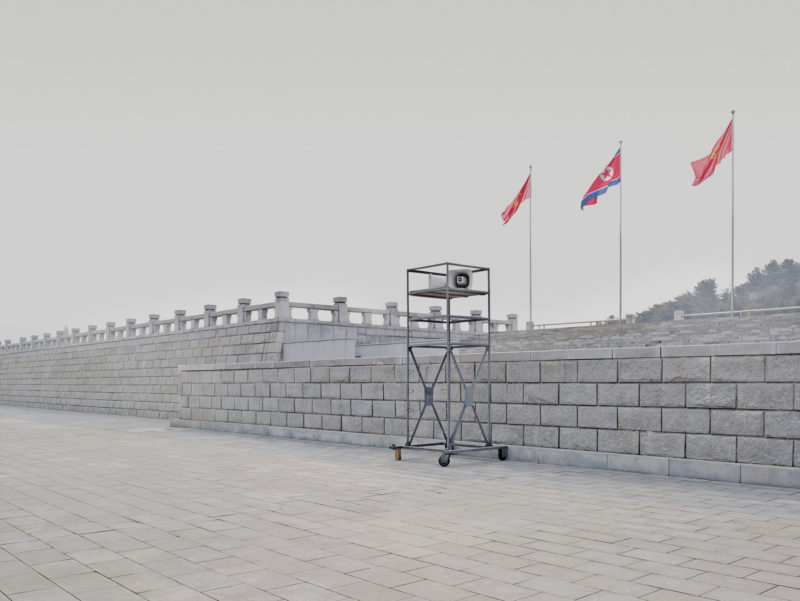
It starts with scenes of abandoned storefronts and shops, scenes that are devoid of human beings. However, upon closer inspection, you can see some clues about the presence of people.
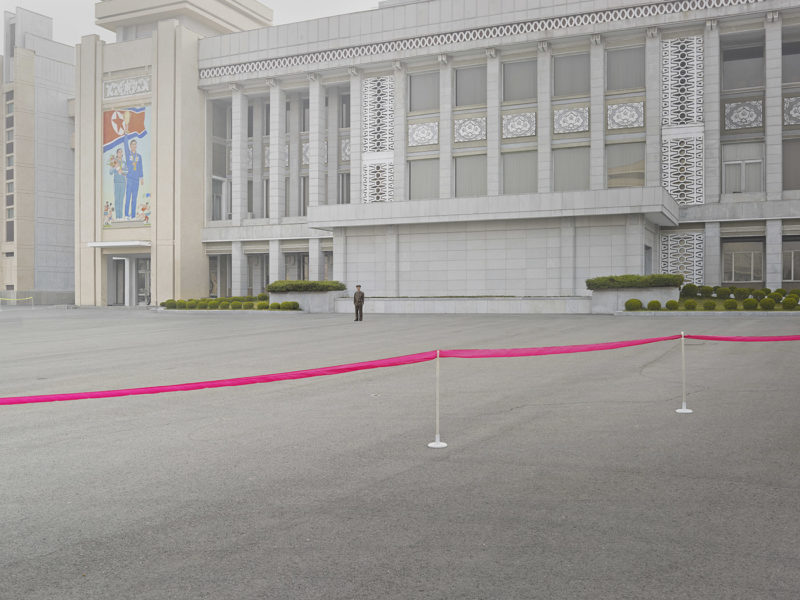
For instance, the concrete in front of a shop can be seen depressed in two streaks, suggesting that many people have been queueing over time. Another clue of people was the image with an enormous, spherical exposition as two people can be seen riding a single bicycle at the edge of the frame.
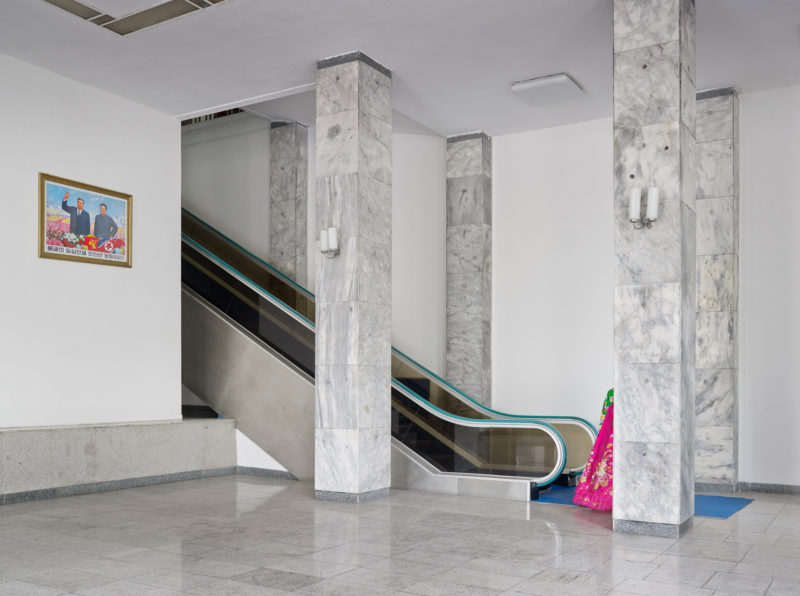
Because Hartmann was working with a slower medium format camera, his photographs have much more measured, formal quality, unlike previous images that came out of North Korea.
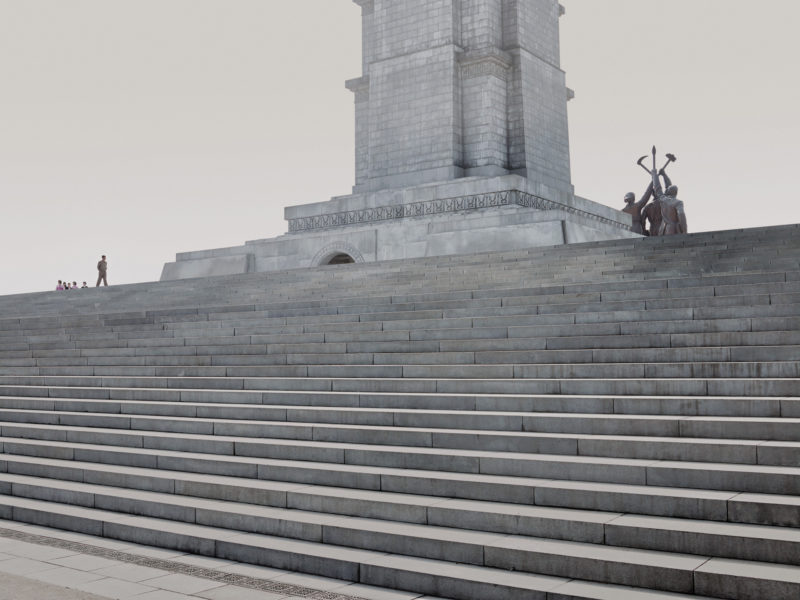
Challenges
Hartmann used this aesthetic level to differentiate his work from others who have worked and created documentaries about the country. It was also his unique way to gain access to the recluse nation, which is usually not easy for outside journalists.
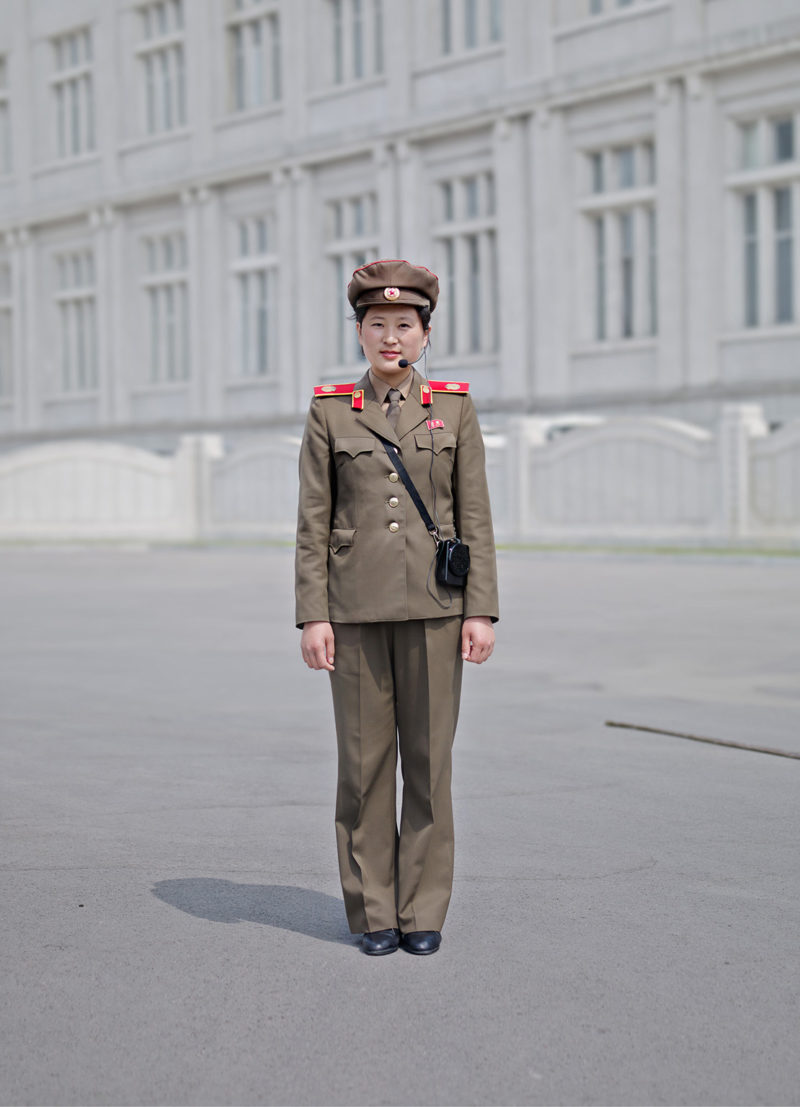
Let’s use the public space to tell something about the country, purely starting with the architecture. So I told them, ‘Show me the city as you want to show it.’ They found it an interesting new angle instead of going through the standard street photography 9 which everybody does.
In the beginning, the images only featured public spaces and structures, but gradually, the photographer started to include people.
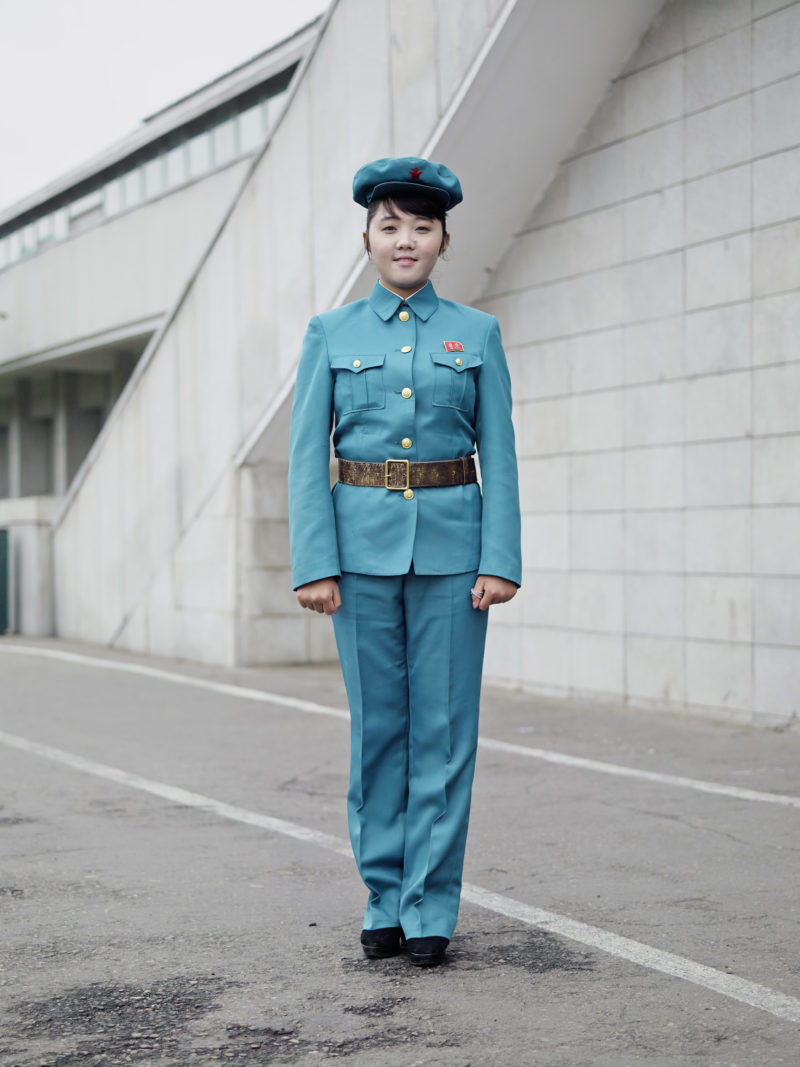
However, just like any photographer visiting North Korea, it was not easy for Hartmann to snap what he wanted. Still, two guides regularly perused the images he took and asked him to delete the ones that didn’t conform to protocols.
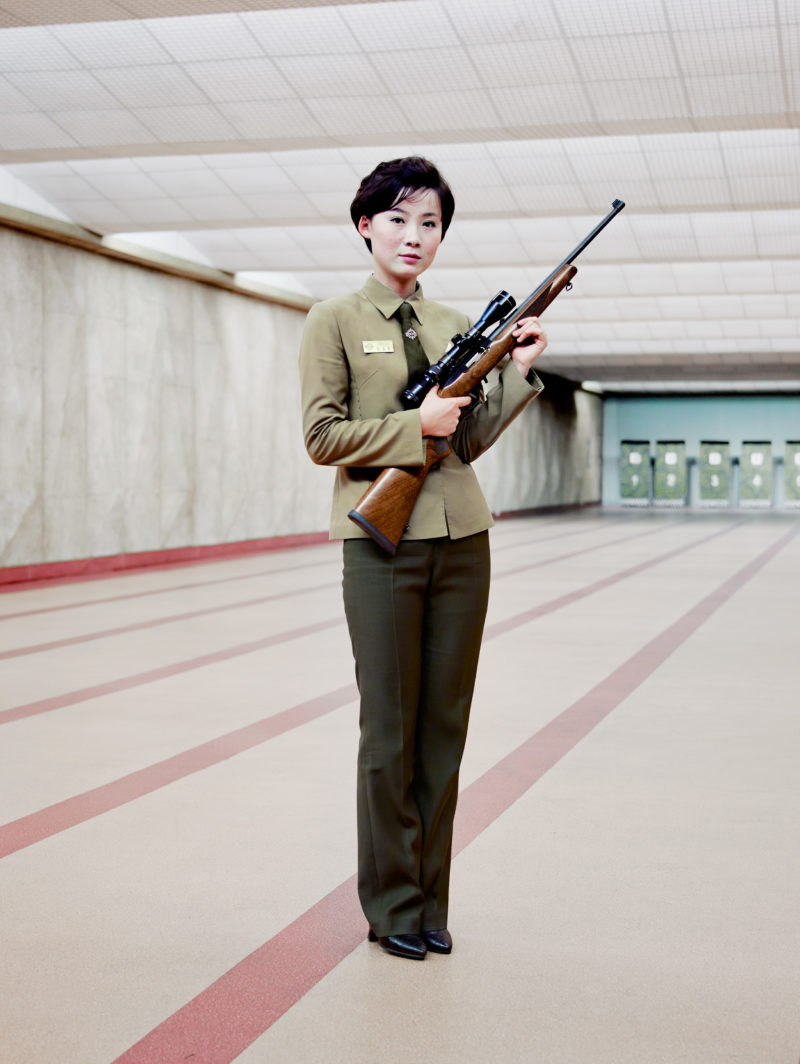
What is North Korea & Pyongyang known for?
North Korea 10 is known for its fascination and terror in the same measure. Most of the world knows North Korea for its former leader Kim Jong-II 11 and the current Kim Jong Un. However, the fascinating thing about Pyongyang 12 is its architecture.
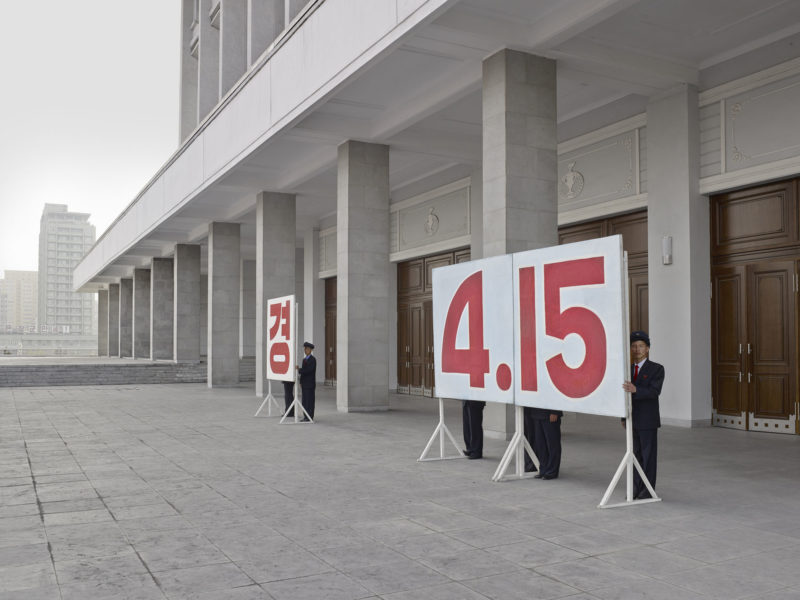
The destruction of Pyongyang
The whole Korea was annexed by the Empire of Japan in 1910 1314. After World War II, the United States took the southern half while USSR took the northern half.
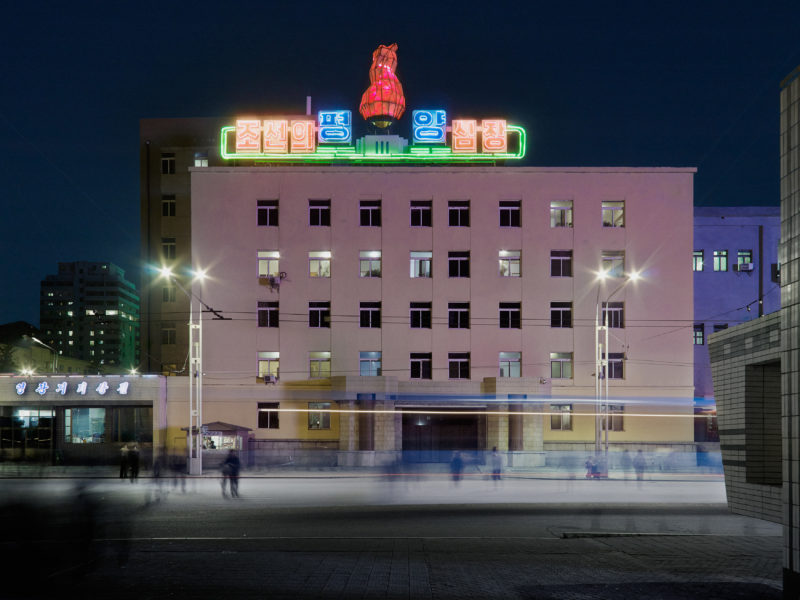
Each side propped its government, and there was peace for some time. However, the Northern army attacked the south in 1950 1516.
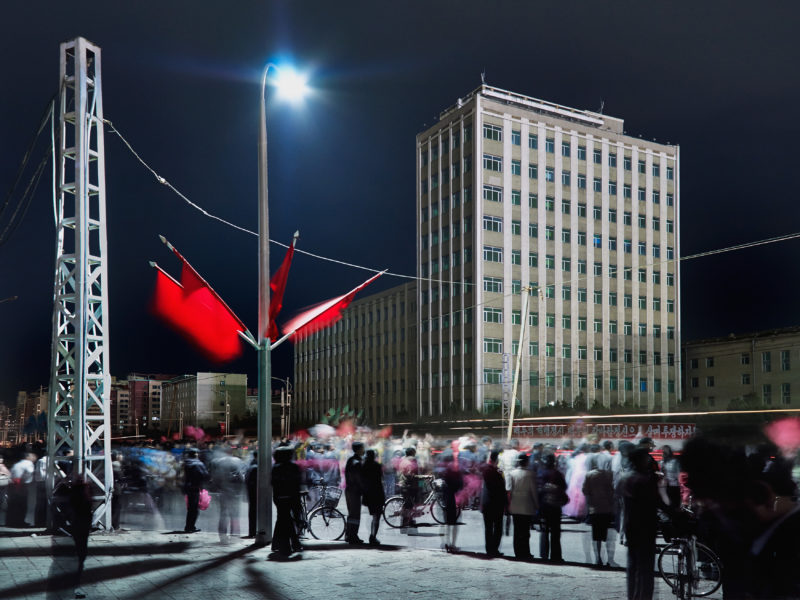
During the war that lasted for three years, the US came to the aid of the South and literary bombed every town in Northern Korea. Pyongyang was not spared either and was almost entirely destroyed.
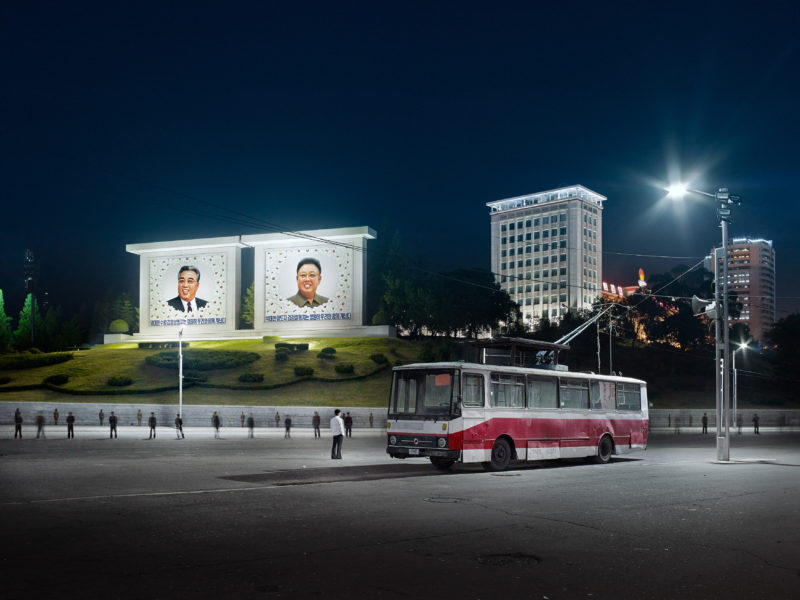
Videos
Eddo Hartmann speaks about his experiences in North Korea
6 min 10 sec
Interview Eddo Hartmann (English subtitles)
28 min 14 sec
Making of video: Eddo Hartmann photographing in North Korea
5 min 32 sec
Rebuilding the capital after the Korean war
Eddo Hartmann speaks about his experiences in North Korea
Interview Eddo Hartmann (English subtitles)
28 min 14 sec
Making of video: Eddo Hartmann photographing in North Korea
5 min 32 sec
Rebuilding the capital after the Korean war
Making of video: Eddo Hartmann photographing in North Korea
Rebuilding the capital after the Korean war
The city was rebuilt after the war. The main style was socialist 17 classicism under an architect called Boris Iofan 1819. The funds came from Moscow, technical assistance from East Germany and the manpower from China.
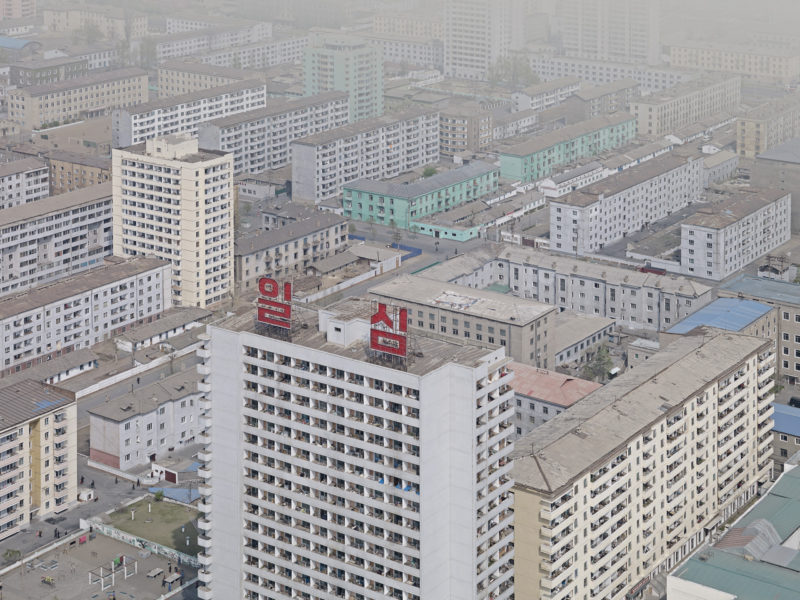
One of the first buildings to come up was the Kim Il Sung Square 2021 which is at the heart of Pyongyang. There were a number of other Japanese-era buildings that survived the war too.
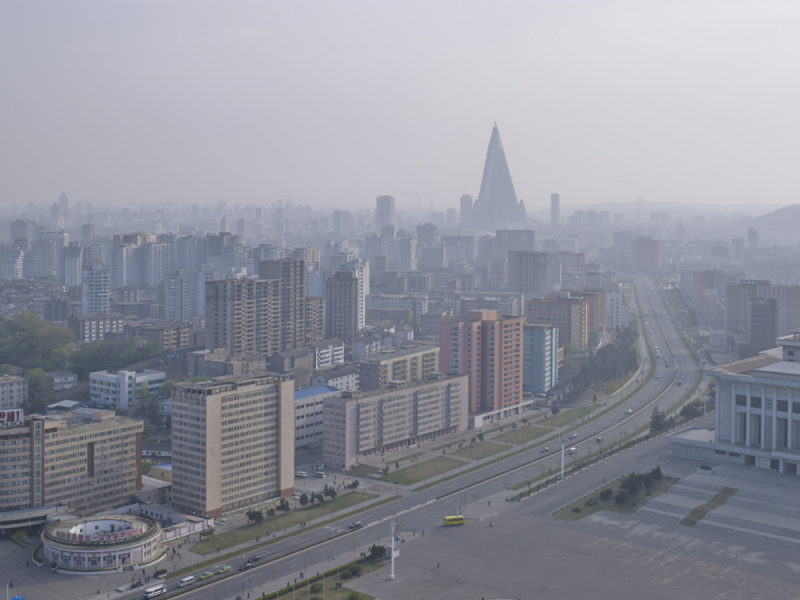
The leader at the time, Kim II Sung championed for the creation of a great garden of Juche 2223 architecture in line with the new country’s ideology of self-reliance.
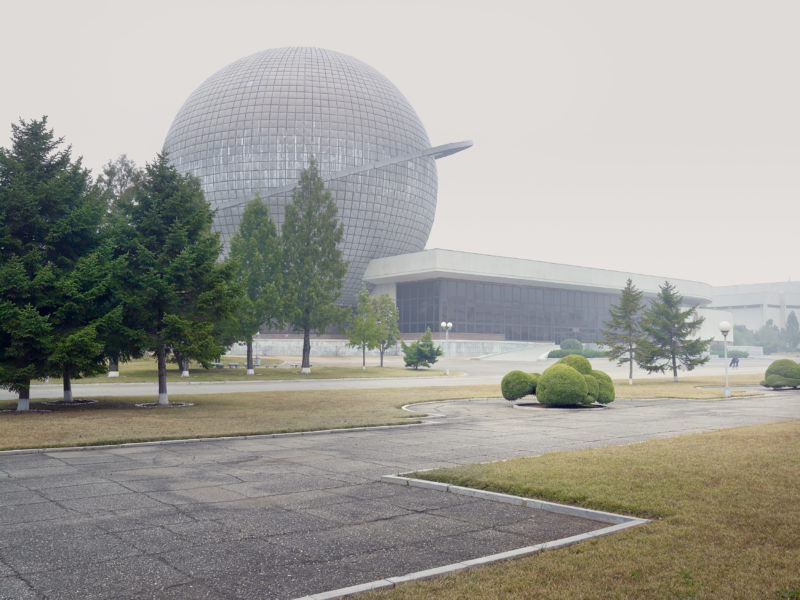
Redesigning and rebuilding from scratch took great inspiration from the Cold War-era cities of Berlin, Moscow, and Warsaw. The capital city was supposed to be another symbol of socialist modernity, packed with imposing structures and allegory.
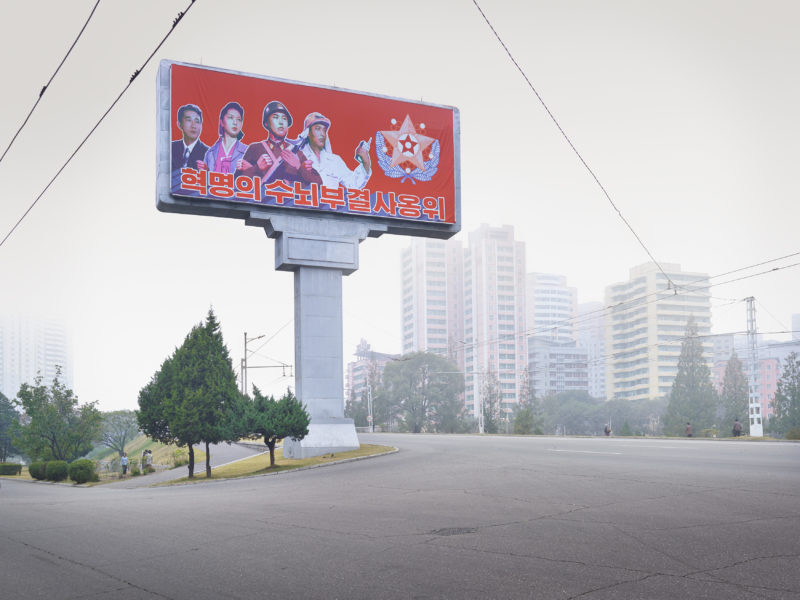
Hartmann set out to capture the isolation and awkwardness one feels in the parks, streets, and buildings of the city. Unsurprisingly, they are completely controlled by the authoritarian state. His photos are void of everyday people, workers, pedestrians, and traffic. Pyongyang is like a ghost city.
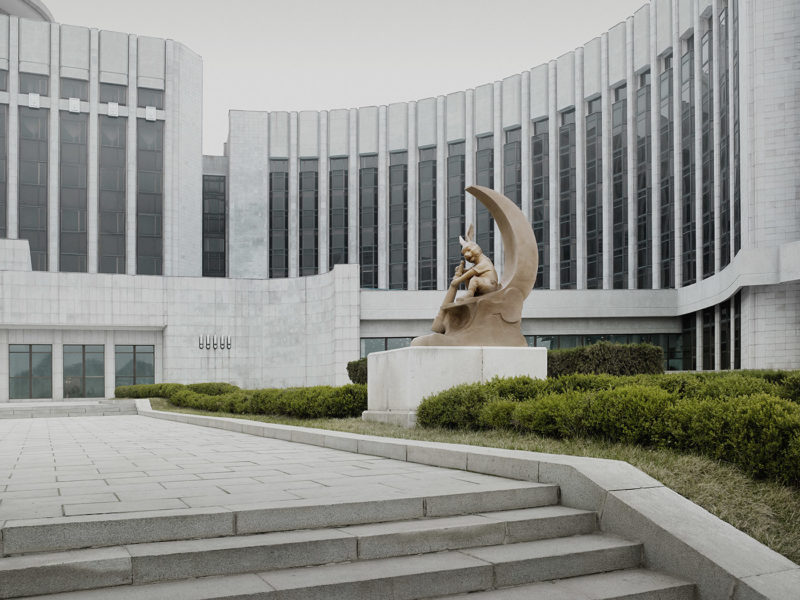
Focus on theater and art
Several phases of construction touched on theater and art. The first of them was the Korean Central Historical Museum and the Korean Art Gallery, both of which had interests in new housing.
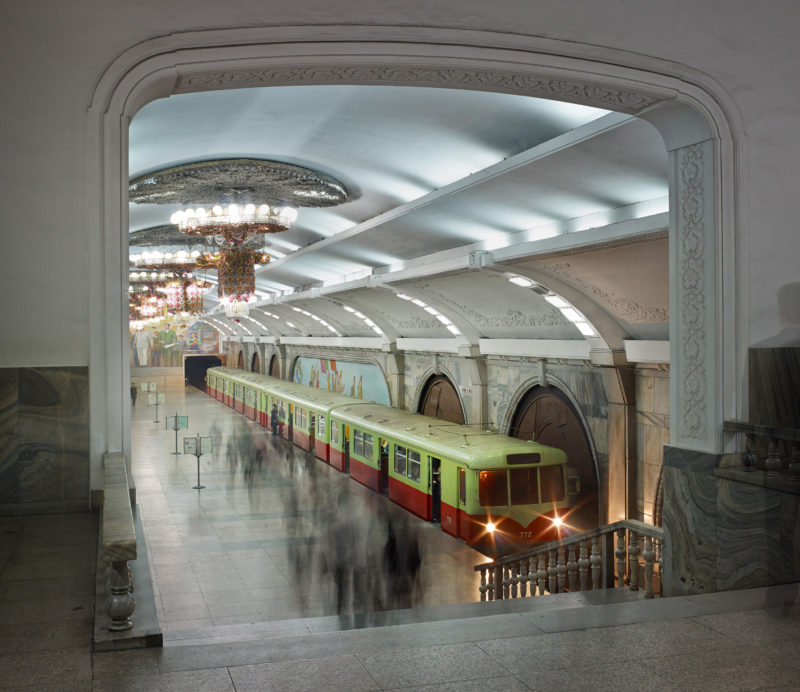
Then came the Pyongyang Grand Theatre when it was time to remodel the Pyongyang streets. As construction went on, there came the Pyongyang Metro, which came to completion in 1973. The other theatrical development was the series of monuments that were built in the Mansu Hill Area.
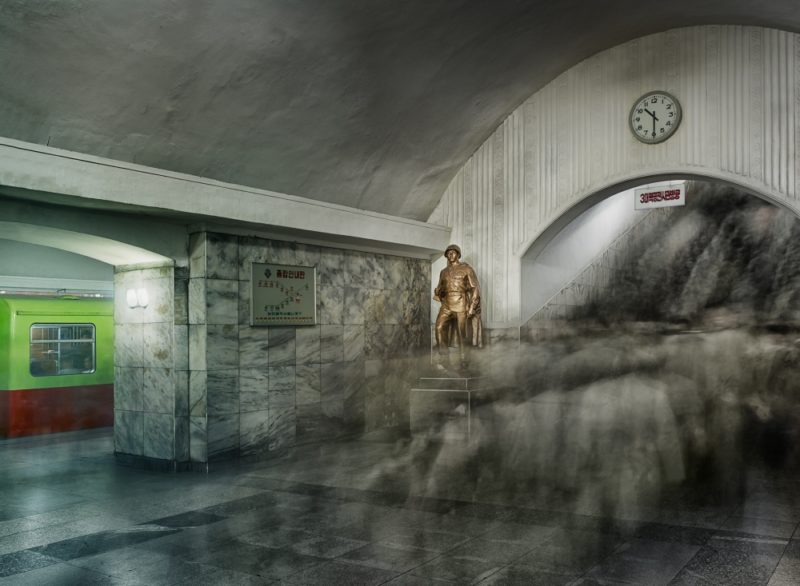
The Changgwang Street was then reshaped in 1980, and the Mansudae Assembly Hall was rebuilt in 1984. The assembly became the seat of leadership for the country. Other great pieces of art have been built later.
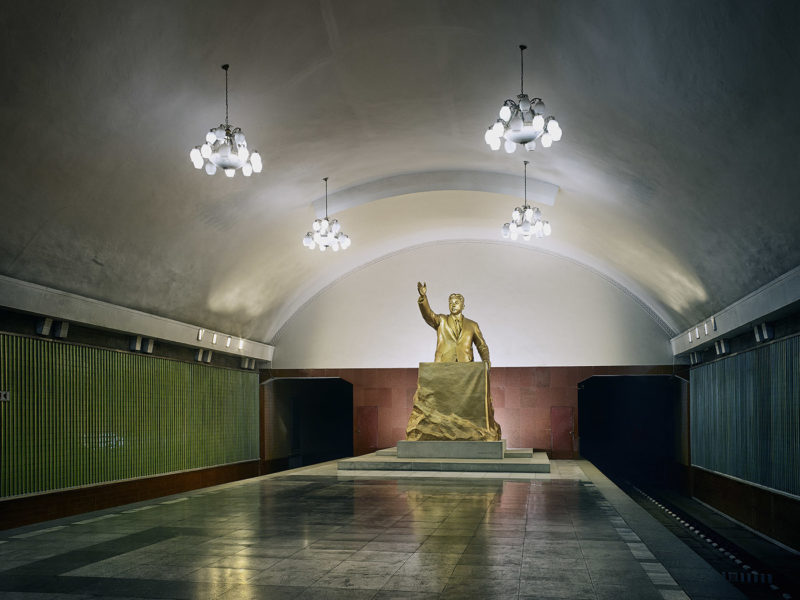
As part of the efforts to give each station in the metro system a comparatively distinct design, Kaeson (Triumph) station has no pillars. The statue of Kim Il Sung (at one end of the station) depicts him giving a speech in 1945 upon the liberation of the country from Japanese rule. A similar representation is seen in a large mosaic outside the station.
Art in North Korea
The government of North Korea also strictly controls art. For you to be an artist in the country, it is a prerequisite that you become a member of the national artists’ union.
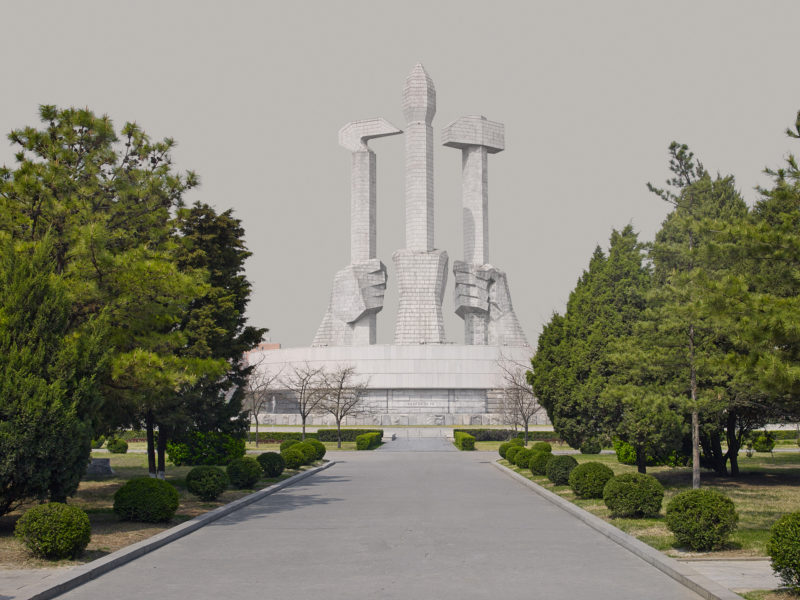
The art “scene” is dominated by the Mansudae Art Studio 24, which is made of around 700 artists. Art in North Korea is carried out in the social realist style and assessed for how much it upholds the revolution.
Mansudae's oversea projects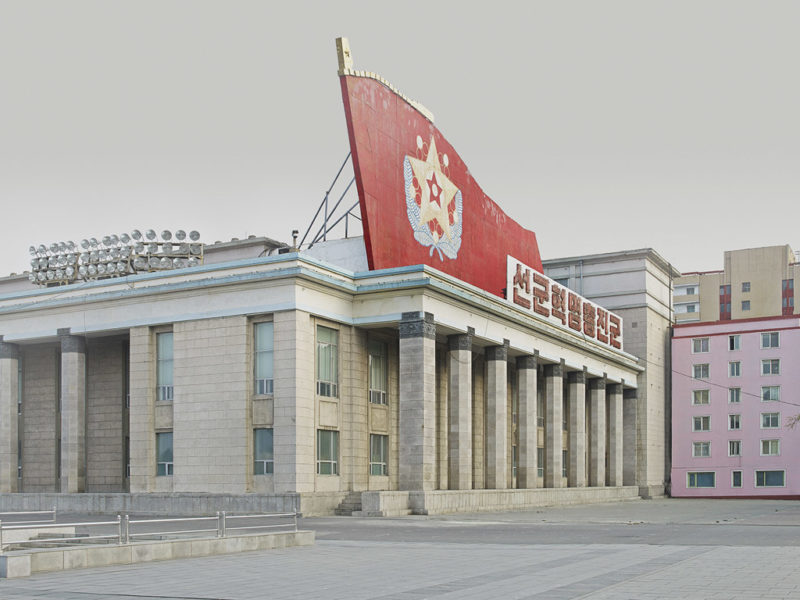
Most of the country’s art is in ink, sculptures, linocuts, and public mosaics. Some artists have actually exhibited their pieces abroad, in cities such as London, Seoul, and others.
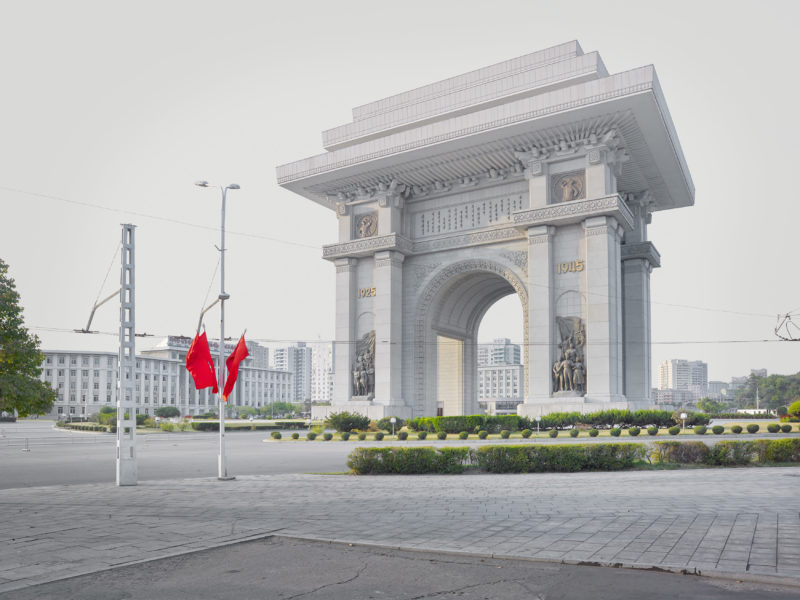
Final thoughts
Setting the stage: Pyongyang, North Korea is a project by photographer Eddo Hartmann and Koryo Studio. Eddo captured many evocative pictures of landmarks that define the socialist city and the lives of people that live there.
Setting the Stage: Pyongyang, North Korea, Part 2 was shown at Huis Marseille in 2015. The art space showed the images of buildings and propaganda alongside those that focused more on the people.
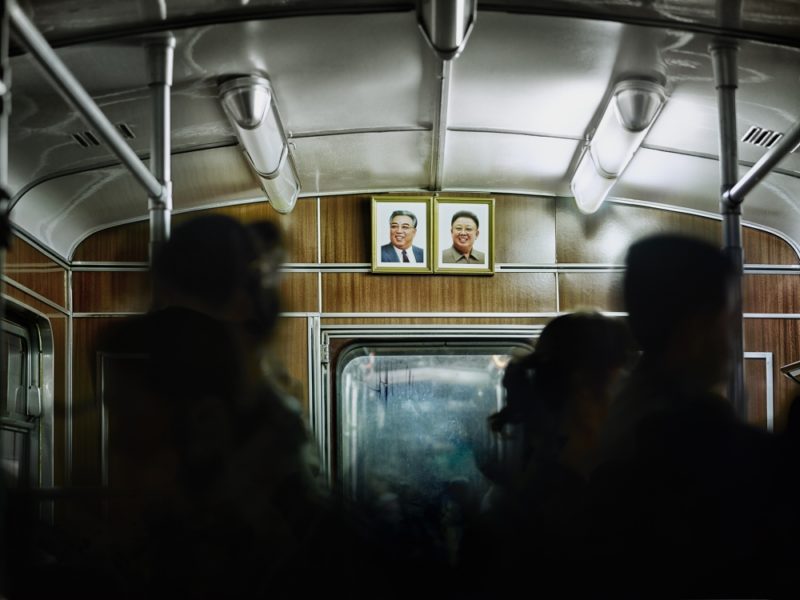
Eddo Hartmann tried to take another route and create images of North Korea like nobody before him. He highlights his intentional departure from traditional architecture photography and tries to humanize his subjects, who are usually lost in images of groups and collective crowds.
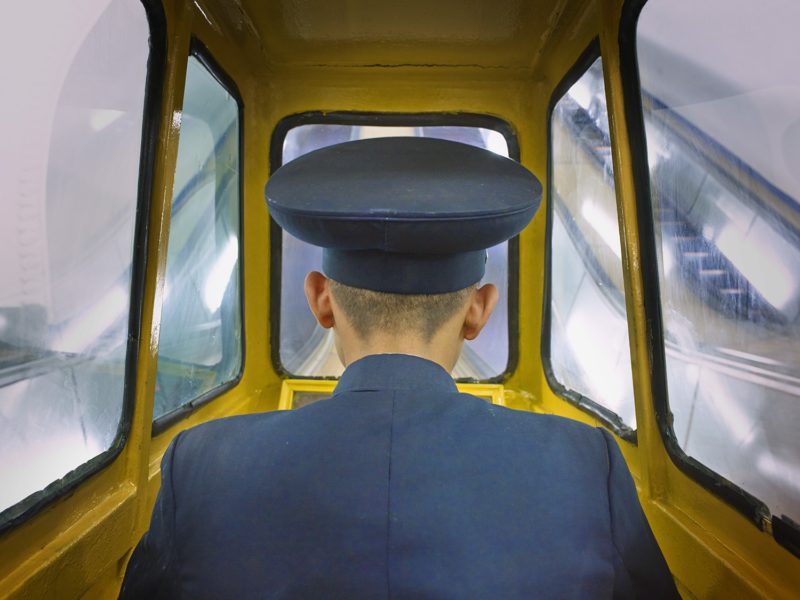
Hartmann also incorporated several video projections, such as a virtual reality tour of the city squares and subway in Pyongyang. They, too, were meant to humanize the subjects further by allowing the audience to experience the daily routines of North Koreans. The audience was able to view Pyongyang as if they are standing in the real city.
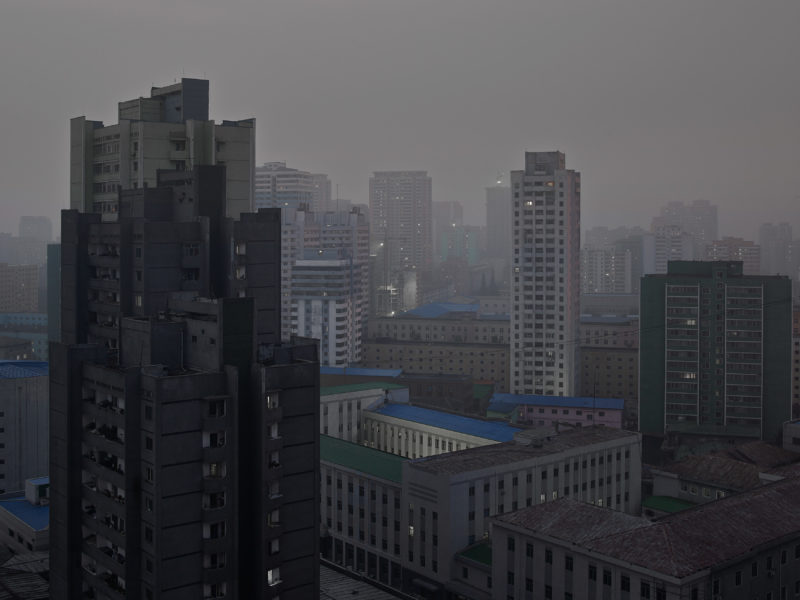
Explore nearby
Pyongyang, North Korea
 Michal Huniewicz in most isolated countryPhoto documentation (2016)1 km away
Michal Huniewicz in most isolated countryPhoto documentation (2016)1 km away North Korea's oversea sculptures3 km away
North Korea's oversea sculptures3 km away Phillipe Chancel at the Arirang Mass GamesPhoto documentation (2006)3 km away
Phillipe Chancel at the Arirang Mass GamesPhoto documentation (2006)3 km away Andreas Gursky at North Korea's mass gamesPhoto documentation (2007)3 km away
Andreas Gursky at North Korea's mass gamesPhoto documentation (2007)3 km away Noh Suntag & North Korea's mass spectaclePhoto documentation (2005)4 km away
Noh Suntag & North Korea's mass spectaclePhoto documentation (2005)4 km away
